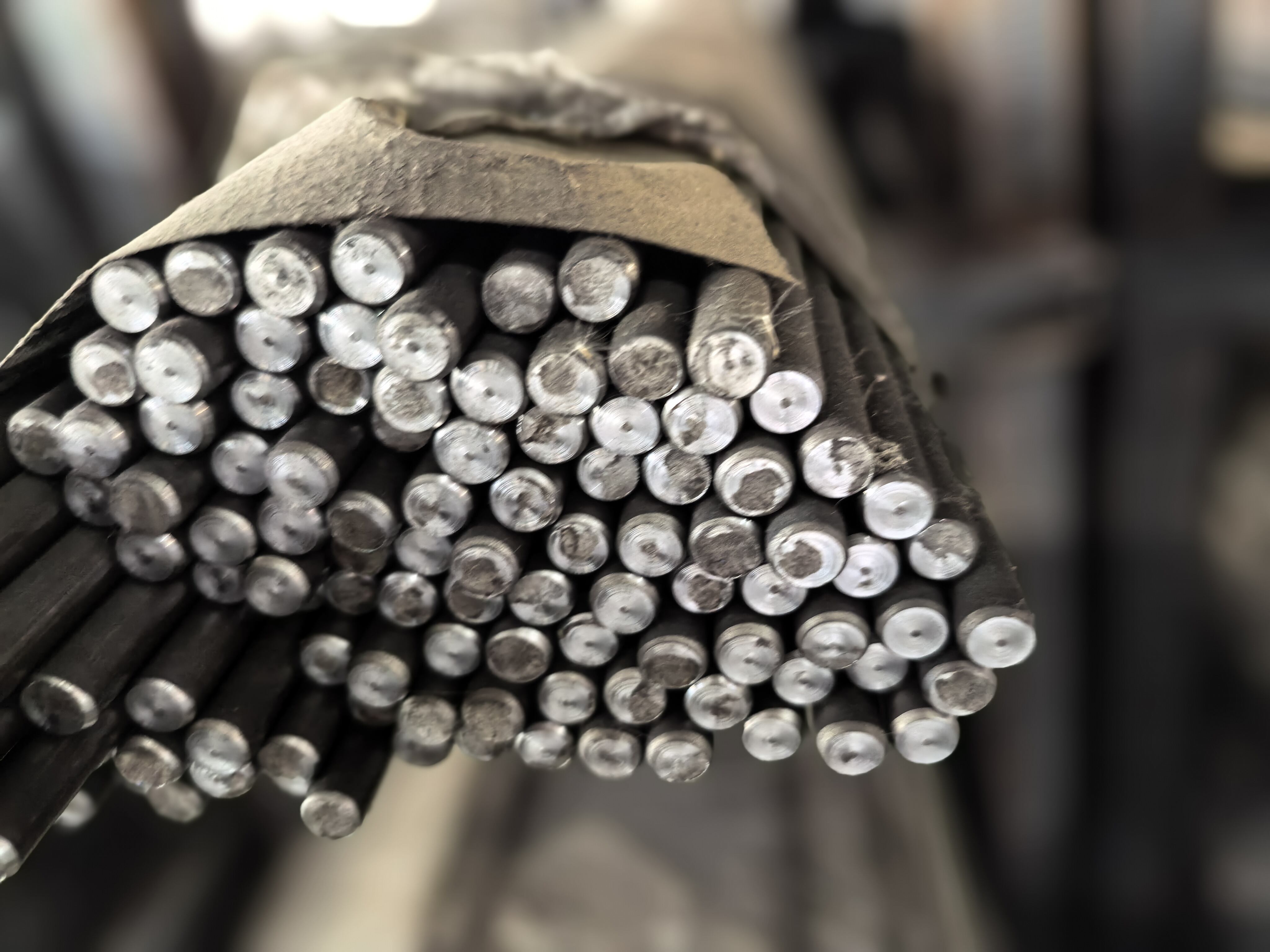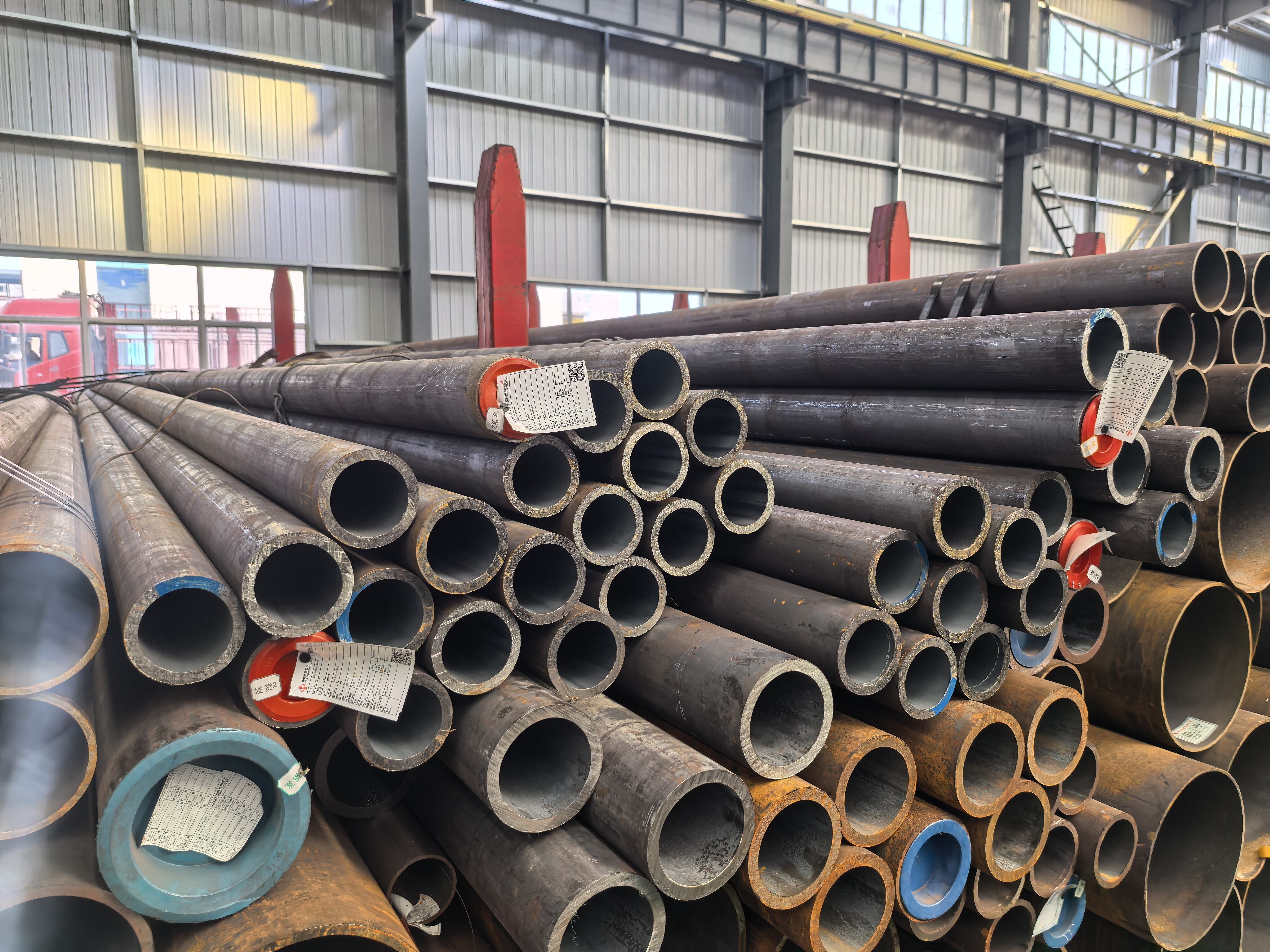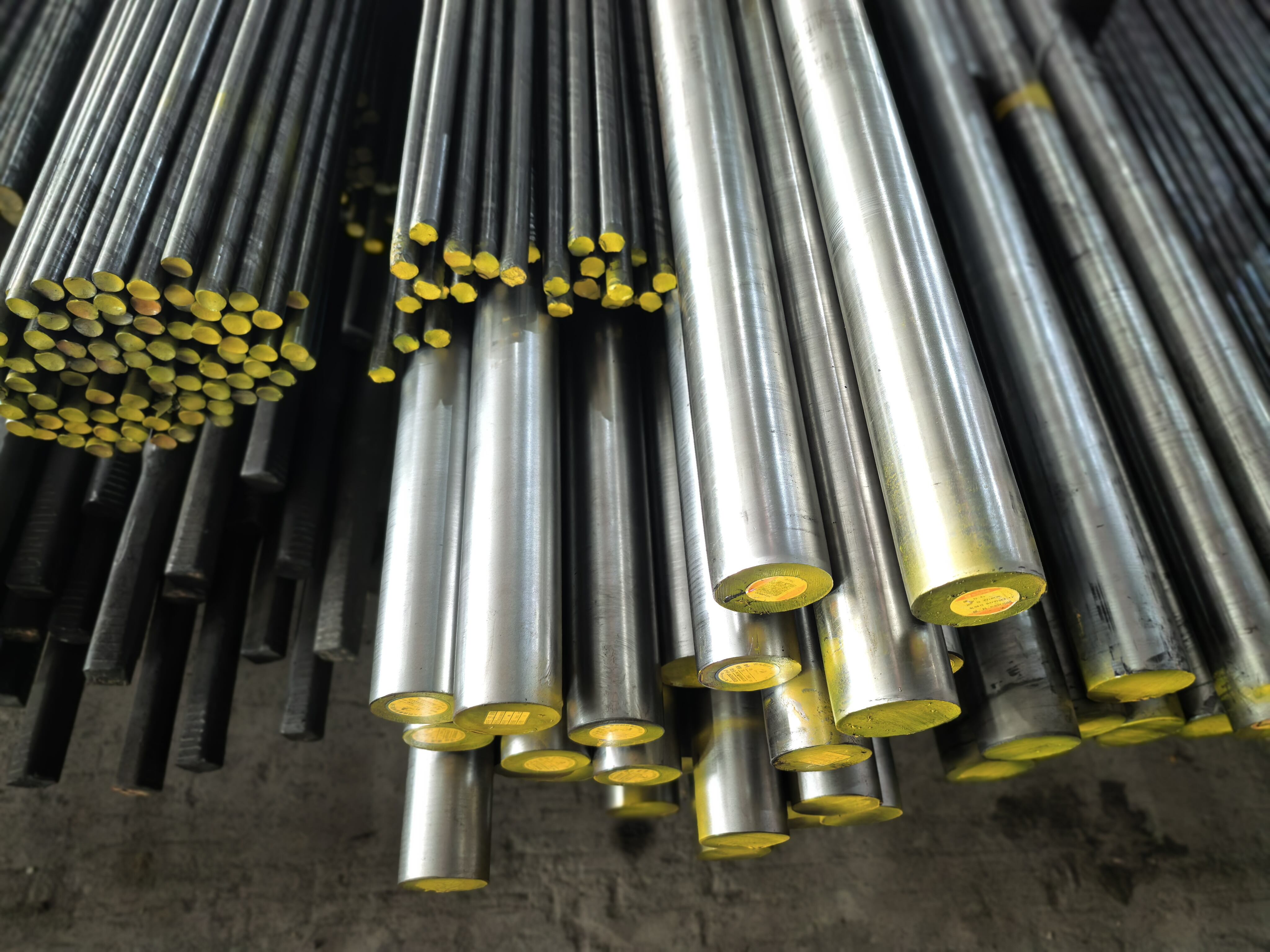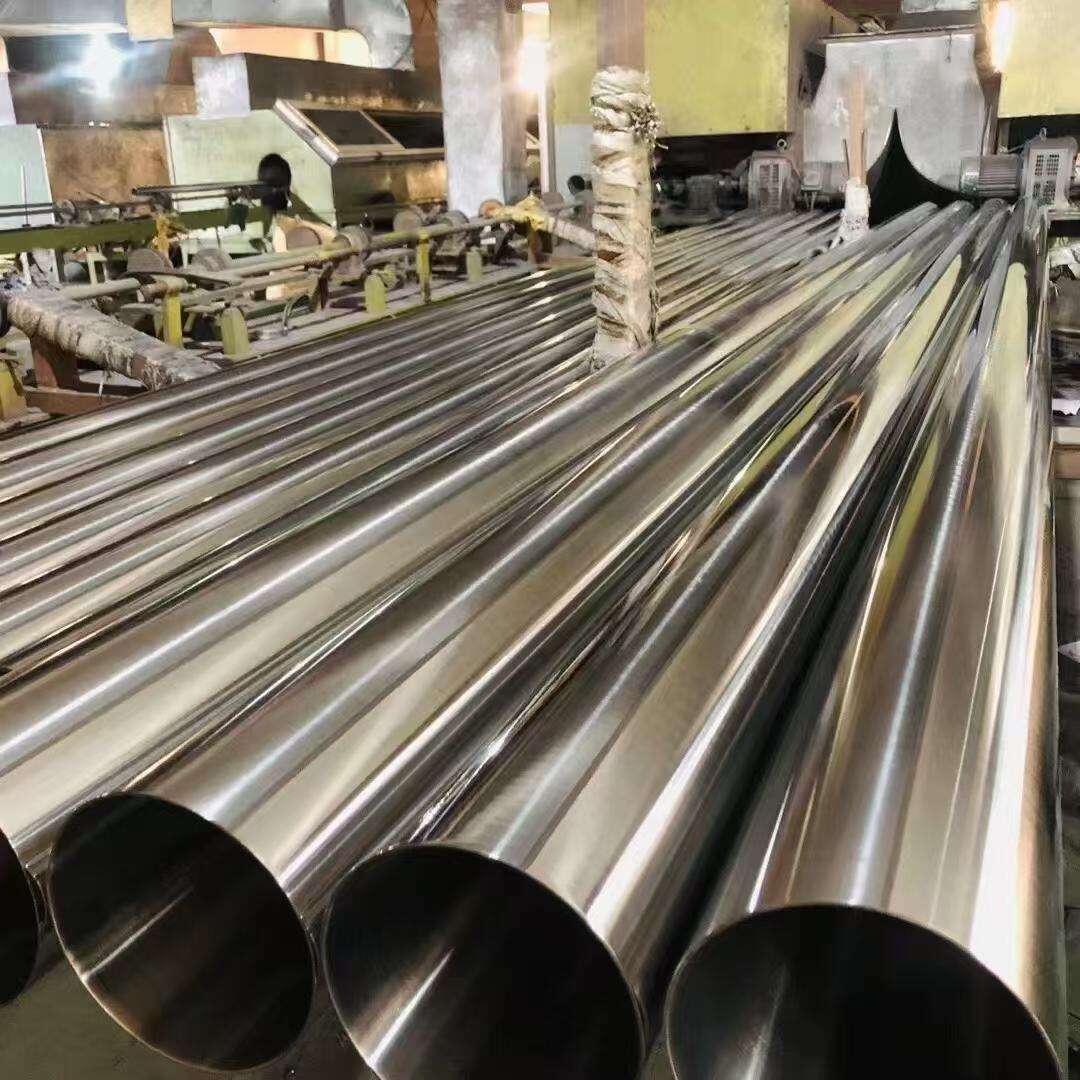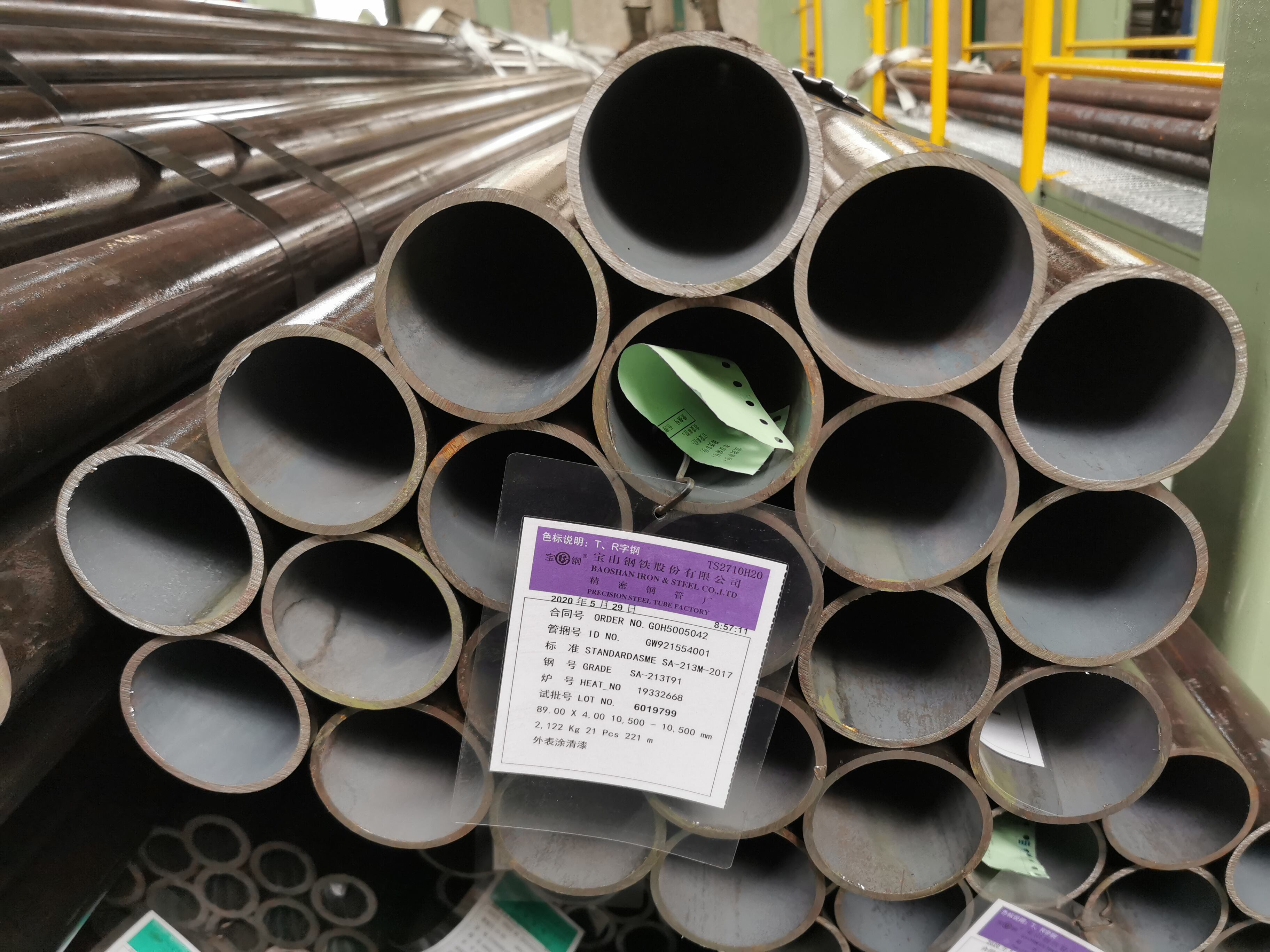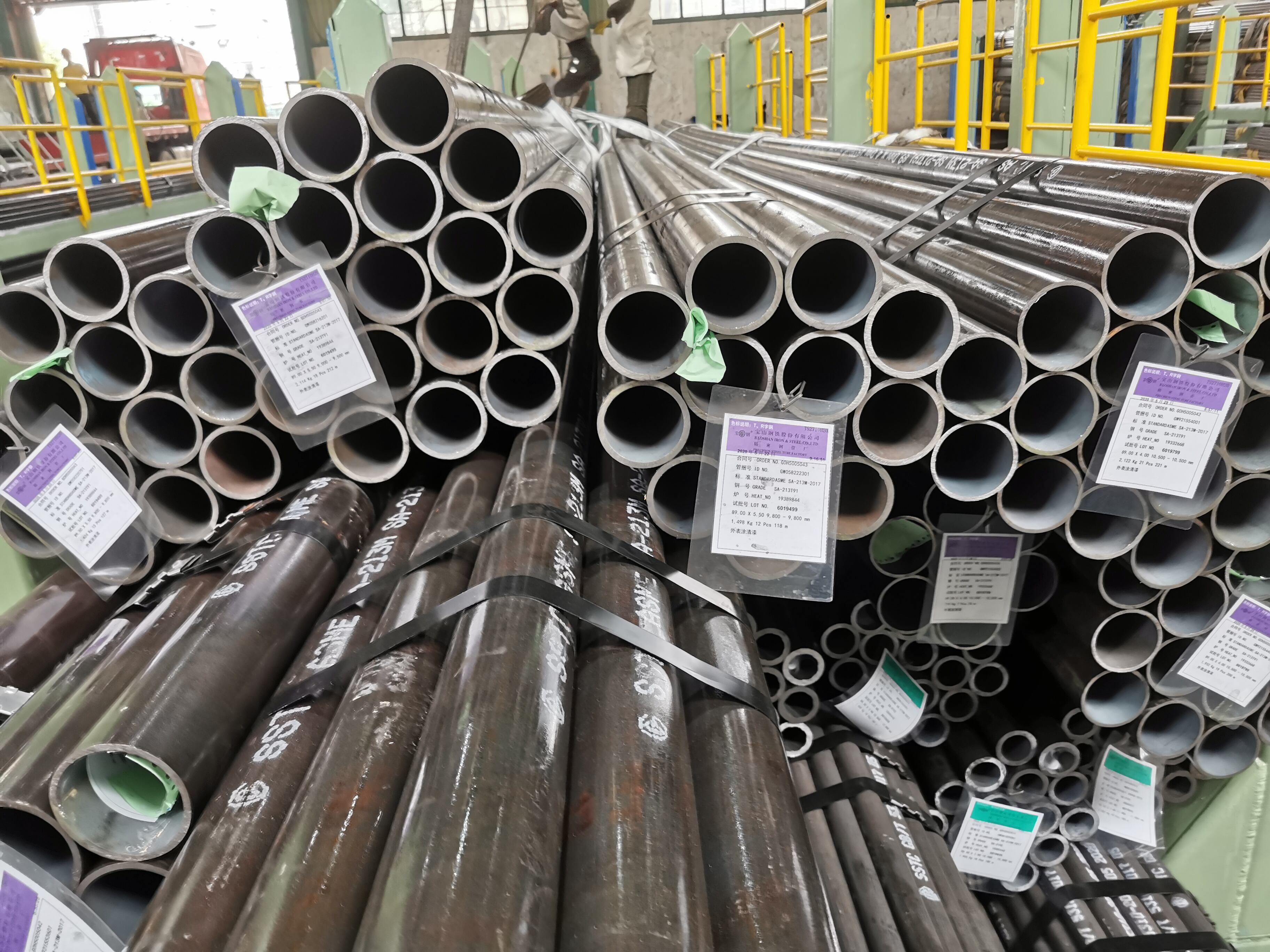Versatile Applications and Flexible Installation Options
The remarkable versatility of fire tube steam boilers makes them suitable for an extensive range of applications across diverse industries and commercial settings. Fire tube steam boilers excel in food processing operations where consistent steam quality and reliable operation are critical for product safety and quality control. The clean steam output from fire tube steam boilers meets strict hygiene standards required in pharmaceutical manufacturing, ensuring that steam used in production processes maintains the necessary purity levels. Manufacturing facilities benefit from the steady steam supply that fire tube steam boilers provide for various processes including heating, cleaning, and power generation applications. The flexible installation options available with fire tube steam boilers allow them to be integrated into existing facilities with minimal structural modifications or infrastructure changes. Indoor and outdoor installation configurations accommodate different site requirements and space constraints, making fire tube steam boilers adaptable to virtually any facility layout. The modular design approach available with many fire tube steam boilers enables capacity expansion through the addition of multiple units, providing scalability as business needs grow. Fire tube steam boilers can be configured for various fuel types, allowing operators to select the most appropriate energy source based on availability, cost, and environmental considerations. Natural gas, propane, diesel, heavy fuel oil, biomass, and even waste heat recovery systems can all be utilized with fire tube steam boilers, providing exceptional fuel flexibility. The control systems available for fire tube steam boilers range from simple manual operation to sophisticated automated systems with remote monitoring capabilities, allowing integration with existing facility management systems. Emission control equipment can be readily integrated with fire tube steam boilers to meet local environmental regulations and sustainability goals. The proven performance of fire tube steam boilers in demanding applications such as district heating, industrial process steam, and commercial building heating demonstrates their reliability across diverse operating conditions. Specialized configurations of fire tube steam boilers are available for unique applications such as mobile units, marine installations, and temporary heating solutions, showcasing their adaptability to specialized requirements. The established service network for fire tube steam boilers ensures that technical support and maintenance services are available globally, providing peace of mind for operators regardless of their location.





